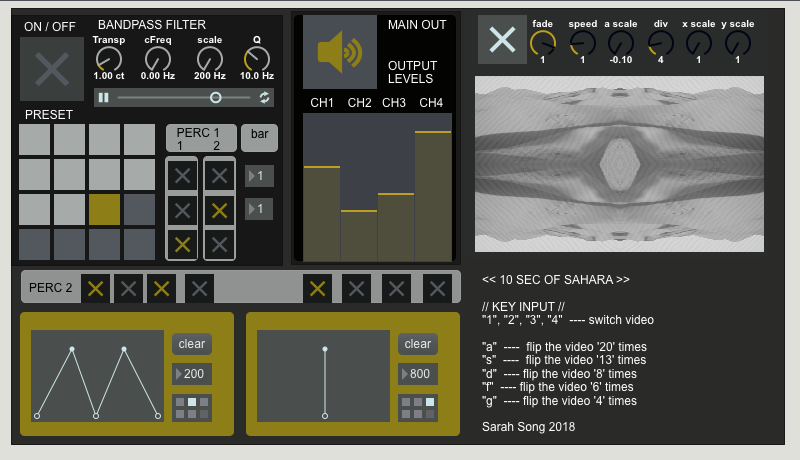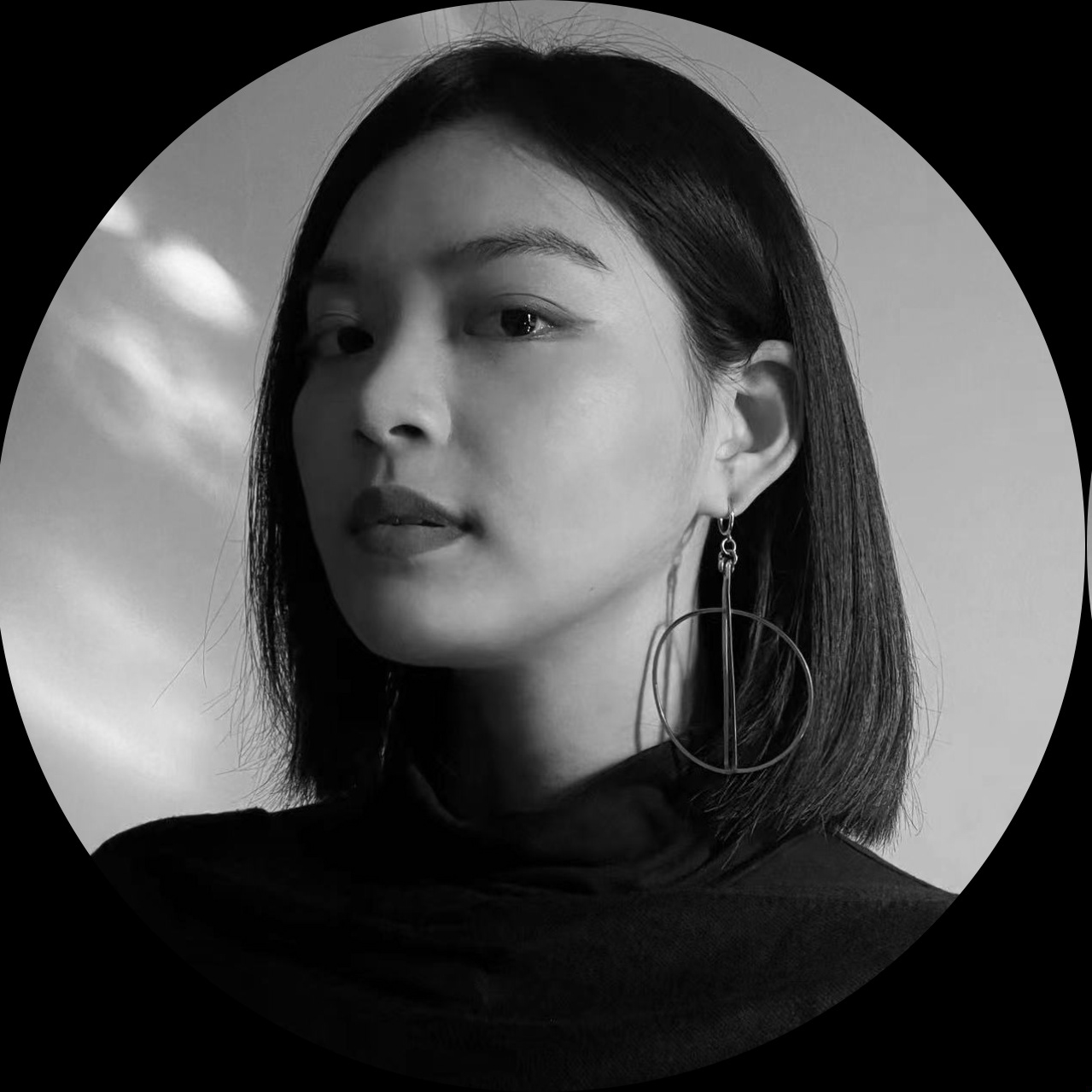A 3‘30 experimental audiovisual composition made with MaxMSP.
CONCEPT
NATURE - WIND - NOISE - FROTTAGE
For most of us, our soundscapes today are urban and non-organic. How many of us already forget that our default soundscape should be the nature? We are surrounded by sound and also, by noise such as construction noise, loud music or transportation noise. Noise, generally defined as unwanted sound, is seldom considered as music. “What is music but organized noises?” this question posed by Edgard Varèse inspired me to explore noise as music. The concept of noise art was first proposed by an Italian futurist painter and composer Luigi Russolo. Regarded as the first noise artist, Russolo gave birth to new ideas in 20th century musical aesthetics with his manifesto “The Art of Noise”.
"To make noise significant was to make it music,
but by doing so the significance of sounds was rendered insignificant."
- DOUGLAS KAHN -
The idea of this experimental project is to play with wind, a white noise sound from nature. By using a variety of manipulation techniques, rhythmic digital sound can be generated by only one audio source (a 10-sec pre-recorded sound file), together with corresponding visuals.
When it comes to visual content, I chose video this time. There is no way to actually see wind, but we can recognize it by the patterns created by nature itself. Blowing wind in desert create patterns of ripples, dunes in large scale of dune fields. That is to say, the ripples and lines visually represent the texture of wind. Taking inspiration from Max Ernst's "technique of Frottage", I decided to film the sand patterns in Sahara desert and apply kaleidoscope effect as wind visualization. The original wind sound has been modified and recomposed through audio processing, it is no longer what it was. As this change in perception is just like hallucination, kaleidoscope effect will be the perfect choice for visual hallucination. Moreover, videos are also converted into monochrome in order to emphasize the texture of sands.
NATURE - VENTO - RUMORE - FROTTAGE
Per la maggior parte di noi, i nostri paesaggi sonori oggi sono urbani e non organici. Quanti di noi già dimenticano che il nostro campo acustico di base dovrebbe essere la natura? Siamo circondati dal suono e dai rumori come ad esempio il rumore di costruzione, musica ad alto volume o rumore del trasporto. "Cos'è la musica se non rumori organizzati?" Questa domanda di Edgard Varèse ha ispirato l’artista a esplorare il rumore come musica. L'idea di questo progetto sperimentale è giocare con il vento, un rumore bianco proveniente dalla natura. Utilizzando una varietà di tecniche di manipolazione, il suono digitale ritmico può essere generato da una sola sorgente audio (un file audio preregistrato di 10 secondi), insieme alle immagini corrispondenti. Pertanto, l’artista ha usato il filmato dell'onda di sabbia che ha girato durante un viaggio nel deserto del Sahara come visualizzazione del vento che è stato creato dalla natura.
REFERENCES & CODE RESOURCES
[1] ADAM, J. (2003). Mathematics in Nature: Modeling Patterns in the Natural World. Princeton University Press. Retrieved from http://www.jstor.org/stable/j.ctt7rkcn
[2] Kahn, D. (1999). Noise, water, meat: A history of sound in the arts. Cambridge, Mass: MIT Press.
[3] Charles, J. (2008). A Tutorial on Spectral Sound Processing Using Max/MSP and Jitter. Computer Music Journal 32(3), 87-102. The MIT Press. Retrieved February 19, 2018, from Project MUSE database.
[4] Rupa D.(2009). Introductory Granular Synthesis in Max/MSP. Retrieved from http://users-cs.au.dk/dsound/DigitalAudio.dir/Papers/IntroToGranSynth.pdf
"mono_mixing.maxpat", ""01_LFO_Reson.maxpat" by Freida Abtan from Programming For Artists(2017-2018)
Cycling 74’s Max and MaxMSP Documentation
